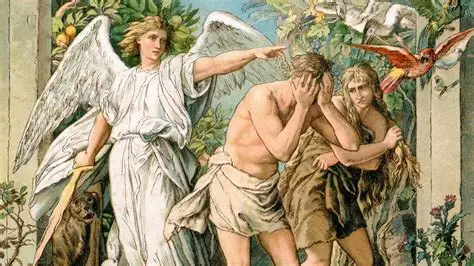
Bull jumping depiction from Minoan Crete
Summary of Hector in Book 6 of The Iliad
Hector is married to Andromache, and together they have a baby named Astyanax. During the war between the Trojans and the Greeks, Hector comes home from the battlefield and finds his brother Paris staying at the house. Hector convinces Paris to return to the fight, and they prepare to go back together. Before he leaves, Hector’s wife begs him to stay with her and their child, but he refuses, choosing his duty over family.
This shows that Hector is torn between love and duty, but ultimately chooses duty. He is also very brave and honorable, and he values his reputation and responsibility—maybe even too much.
Summary of Hector in Book 6 of The Iliad and Summary of the History of Minoan Crete
The Minoan civilization on the island of Crete began around 3000 BC and lasted until about 1100 BC. It is recognized as one of the first advanced civilizations in Europe, known for its large palace complexes and advanced plumbing systems. Minoan Crete was strongly based on trade, exchanging pottery, frescoes, wine, and other goods with places like Greece, Egypt, and the Near East.
The Minoans developed a written language called Linear A, which has not yet been fully deciphered. Their economy was centered around the palaces, where goods were collected and redistributed. Religion was very important, with many rituals, symbols, and depictions of bull-leaping, though the full meaning of these practices is still debated.
Minoan civilization reached its peak between 2000 and 1400 BC, but afterwards it declined, possibly due to natural disasters such as the Thera volcanic eruption and later invasions by the Mycenaeans from mainland Greece.
